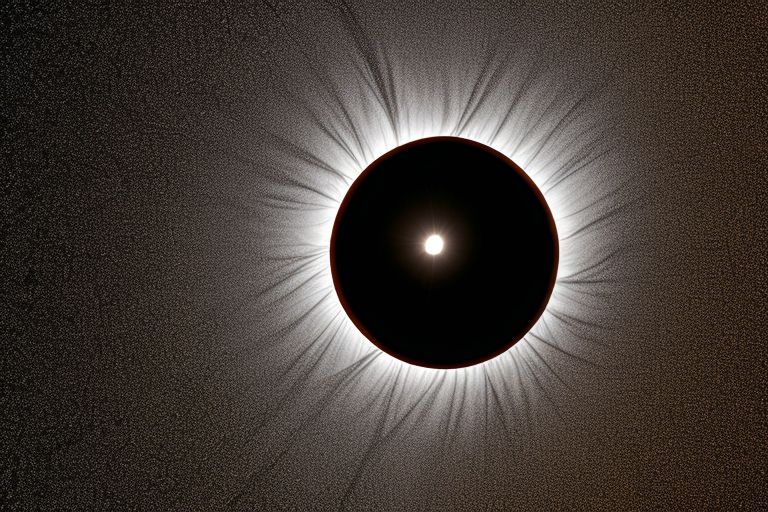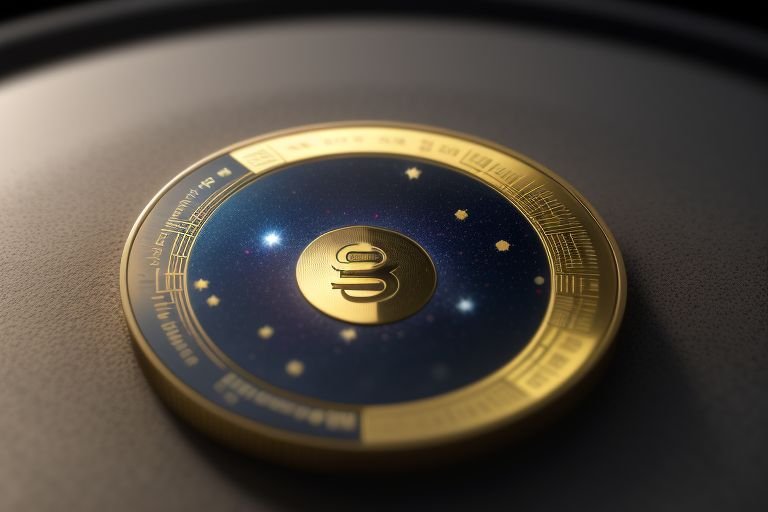NASA has once again captivated the world with its recent collection of stunning photographs capturing a solar eclipse from space. These images offer a unique perspective on this celestial event, showcasing the beauty and precision of astronomical phenomena as seen from beyond the Earth’s atmosphere.
Overview of the Solar Eclipse
A solar eclipse occurs when the Moon passes between the Sun and Earth, casting a shadow on Earth, fully or partially blocking the Sun’s light in some areas. This celestial event is both a spectacular sight and a valuable opportunity for scientific research, providing insights into the Sun’s atmosphere and the dynamics of celestial mechanics.
NASA’s Role in Capturing the Eclipse
NASA utilized its advanced space-based telescopes and satellites to capture high-resolution images of the solar eclipse. These tools are equipped with specialized cameras and sensors that can observe the Sun in different light wavelengths, revealing features of the eclipse that are not visible to the naked eye.
Significance of the Images
The photos taken by NASA are not only visually striking but also scientifically valuable. They provide:
- Educational Insights: By studying these images, researchers and the public can learn more about the sun’s composition and the mechanics of solar eclipses.
- Enhanced Safety: Understanding the Sun’s behavior during eclipses can help predict solar weather events that might affect satellite communications and power grids on Earth.
- Public Engagement: Stunning images from space capture the public’s imagination, increasing awareness and interest in space and science.
Technological Aspects of Capturing the Eclipse
Capturing such images requires sophisticated technology and precise timing. NASA’s equipment is designed to withstand the harsh conditions of space and to capture detailed images of the Sun’s corona and the Moon’s silhouette during an eclipse. The satellites are equipped with solar filters to safely photograph direct shots of the Sun.
Applications of the Eclipse Photos
The detailed photos of the solar eclipse have multiple applications:
- Scientific Research: Astronomers use these images to study the Sun’s corona, solar flares, and sunspots in detail, enhancing our understanding of solar physics.
- Educational Use: These images are used in educational materials to teach students and the public about astronomy and celestial events.
- Inspiration for Future Missions: Insights gained from eclipse observations can inspire and inform future NASA missions to study the Sun and other celestial bodies.
Challenges in Space Photography
Capturing images in space poses unique challenges, including dealing with extreme light conditions, maintaining satellite stability, and transmitting high-quality images over vast distances.
Conclusion
NASA’s recent solar eclipse photos from space represent a significant achievement in both photography and science. These images not only provide a breathtaking view of one of nature’s most awe-inspiring phenomena but also contribute valuable data that enhance our understanding of the universe. As NASA continues to explore and document space, each photo enriches our knowledge and appreciation of the cosmos.



















+ There are no comments
Add yours